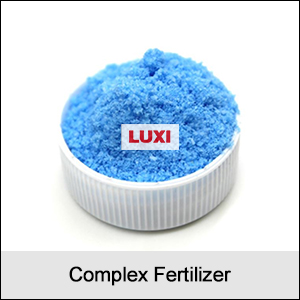Detail
1. Key Features of Complex Fertilizers:
Nutrient Composition: Typically includes major nutrients like nitrogen (N), phosphorus (P), and potassium (K). Some may also include secondary and micronutrients like sulfur (S), calcium (Ca), magnesium (Mg), zinc (Zn), or boron (B).
Uniform Distribution: Because all nutrients are in a single granule, they ensure uniform application in the field, avoiding nutrient segregation.
High Nutrient Use Efficiency (NUE): Complex fertilizers often enhance nutrient uptake by plants, reducing losses and improving productivity.
Ease of Use: They are easier to store, transport, and apply compared to mixing individual fertilizers.
2. Common Types of Complex Fertilizers:
Di-ammonium Phosphate (DAP): Contains nitrogen and phosphorus, widely used in agriculture.
Nitrophosphates: Combinations of nitrogen and phosphorus, often enhanced with potassium.
NPK Fertilizers: Provide nitrogen, phosphorus, and potassium in varying ratios tailored to crop needs.
Ammonium Phosphate Sulfate (APS): Contains nitrogen, phosphorus, and sulfur.
3. Advantages:
Reduced labor and time during application.
Lower risks of nutrient imbalance.
Often more cost-effective due to reduced logistics and uniform application.



